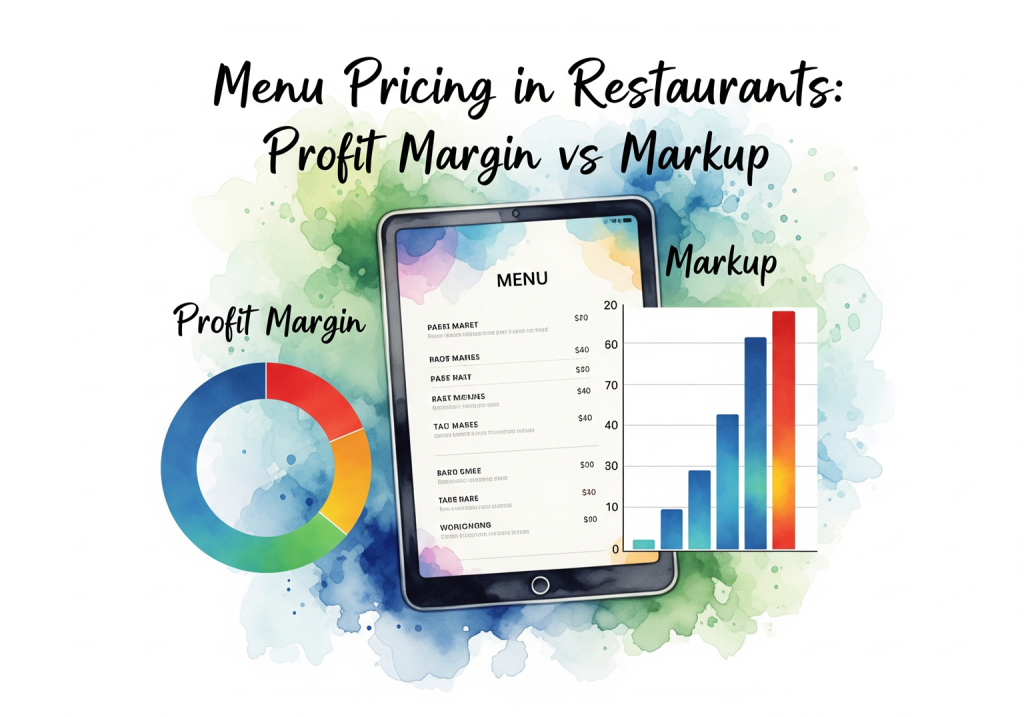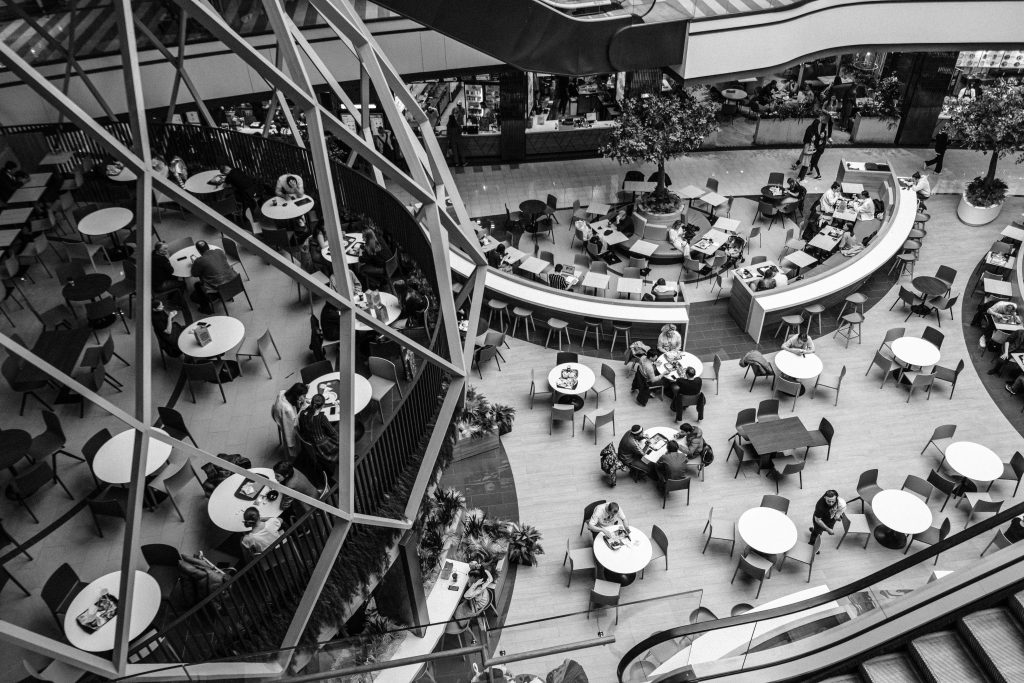Unlike fine dining restaurants that offer multiple courses and elaborate meals, casual dining restaurants should keep their menu simple. You can start by having appetizers, main course, desserts, and beverages on your menu. Design your menu in such a way that it is familiar and novel at the same time. Keep a section in which there are classics along with a section that has creative special dishes. If you’re wondering how you can do this strategically then this blog will help you out.
Here’s how you can do it-
Eye pattern Movements
One-third of the customers tend to order the first item that they see. Place your best dishes in either the top left, top right, or center of the menu. Research shows that people read from left to right and sequentially if there are multiple columns. Make sure that the items placed in these places are attractive enough to grab the customers’ attention.
Sections in the menu
People don’t want to spend a ton of time searching for a particular dish that they’re looking for. So make sure that you divide your menu into logical sections so that it becomes easier for them to navigate to the dish that they want. Make sure that all the items are segregated logically. For example- You would want to place the beverages and desserts in the end. If you have any offers going on then place them together so that it catches the attention of the customers.
Color Scheme
Colors affect the way customers perceive your restaurant. Being an owner of a casual restaurant make sure to create your menu using bright, vibrant, and visually stimulating colors like Red, Yellow, Terracotta, and Orange. These colors will evoke the emotions of excitement and happiness in your customers and they are less likely to feel guilty for ordering more from your restaurant.
Remove the currency symbol
A group of researchers from Cornell University have shown that customers order more from menus that don’t have the dollar sign ($). This little symbol might feel insignificant but it influences the way people order as it reminds them of the pain of paying. Customers don’t become aware of the amount they are spending when this little sign is missing. On an average customers spend 5.55 $ more in those restaurants whose menus don’t have this sign. So make sure you remove this sign from your menu.
Limiting Your Options
Make sure that your menu isn’t overwhelming for the people. Keep it as simple as you can because the fewer options that the people get the better it is for them as it will take much less time to make decisions. It also makes sure that your inventory is easier to manage.
Write better Menu Descriptions
Use words like ‘mouth-watering’, ‘juicy’, ‘scrumptious’, and other sensory adjectives while writing descriptions for the items on your menu. Use different adjectives for different flavors, you can use words like ‘sweet’, and ‘syrupy’ for desserts. The only thing that you need to keep in mind is to keep the vocabulary very simple. Write how your staff would describe it to the customers in person. You can even write it in the form of a story and include the origin history of your recipes.
Menu Engineering
Create your menu using menu engineering which is a technique of creating a menu that requires analysis and optimization of menu layouts, item placement, pricing, and descriptions to influence customer behavior and enhance profitability.
Simplicity is the most important thing to keep in mind while creating a menu for a casual dining restaurant. Unlike their fine dining counterparts, casual restaurants thrive on offering straightforward yet flavorful menus. By strategically designing menus with sections for classics and creative specials, utilizing eye-catching layouts, logical sections, vibrant colors, and persuasive descriptions, owners can enhance the dining experience. Moreover, implementing menu engineering techniques allows for data-driven decisions that maximize profitability and customer satisfaction. This blog is your go-to guide to creating the best casual dining menu. Read more blogs to stand out in the casual dining restaurant world.



